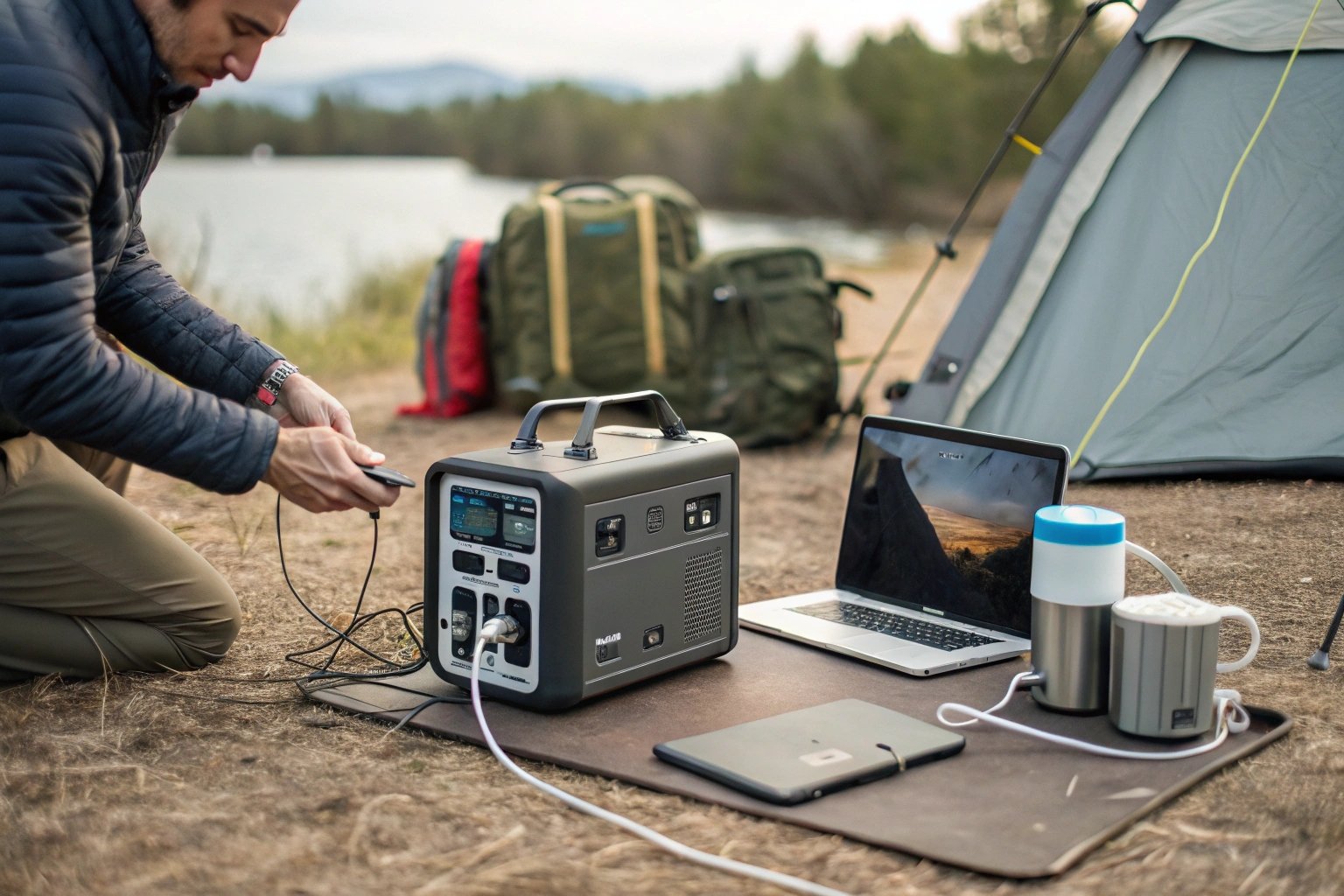Portable power stations are becoming increasingly popular for home backup power, outdoor adventures, or off-grid living. They are compact, versatile, and offer a reliable way to keep your devices running when you need them most. However, choosing the right portable power station for your home can be challenging due to the wide range of options available.
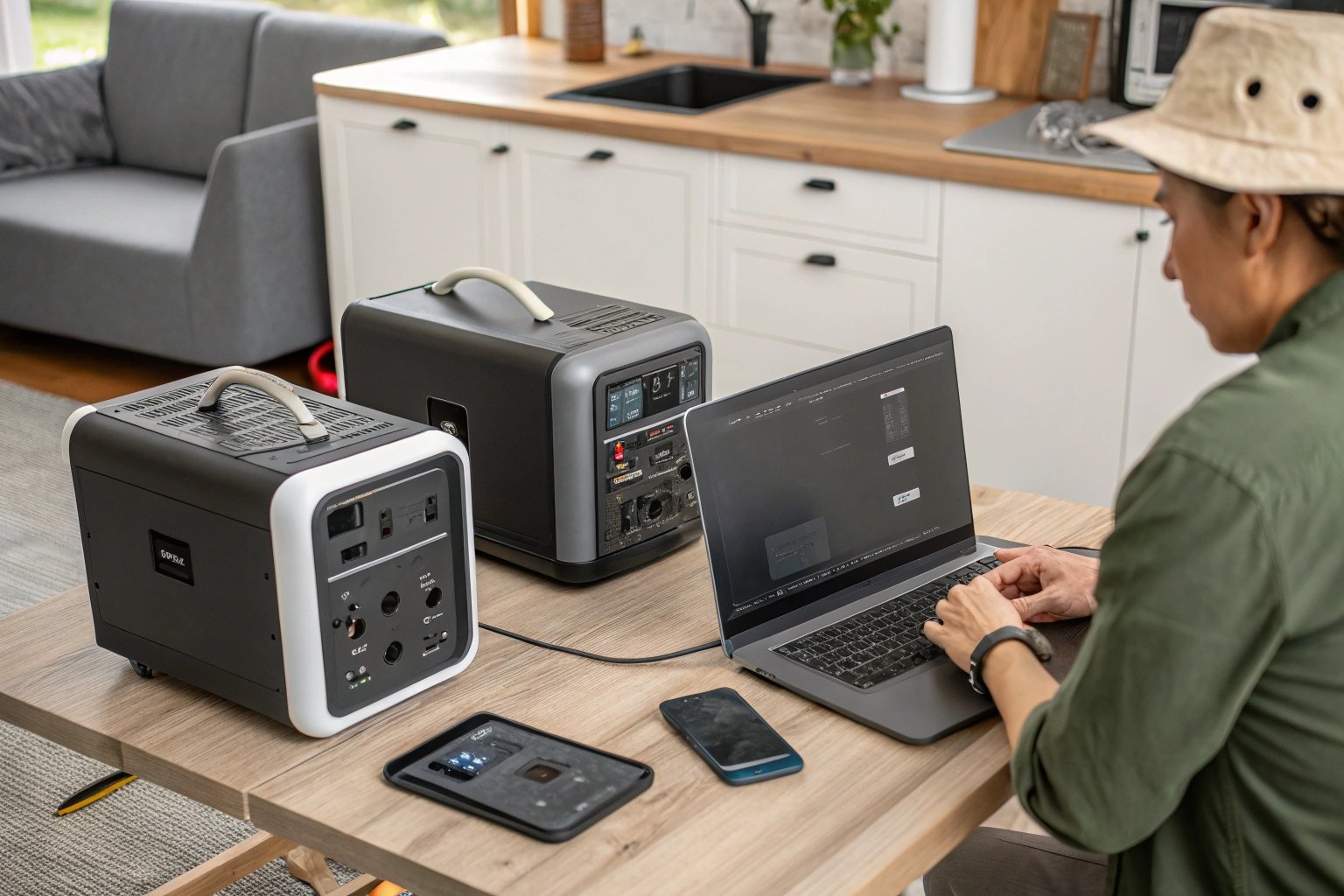
To make an informed choice, you need to understand how they work, the factors that affect their performance, and how to match your needs with the right features.
What Is a Portable Power Station and How Does It Work?
A portable power station is a compact, rechargeable battery unit designed to provide energy to various devices without the need for a traditional electrical outlet. It stores energy from sources like solar panels, wall outlets, or even car charging, and then converts it into power for devices when you need it most.
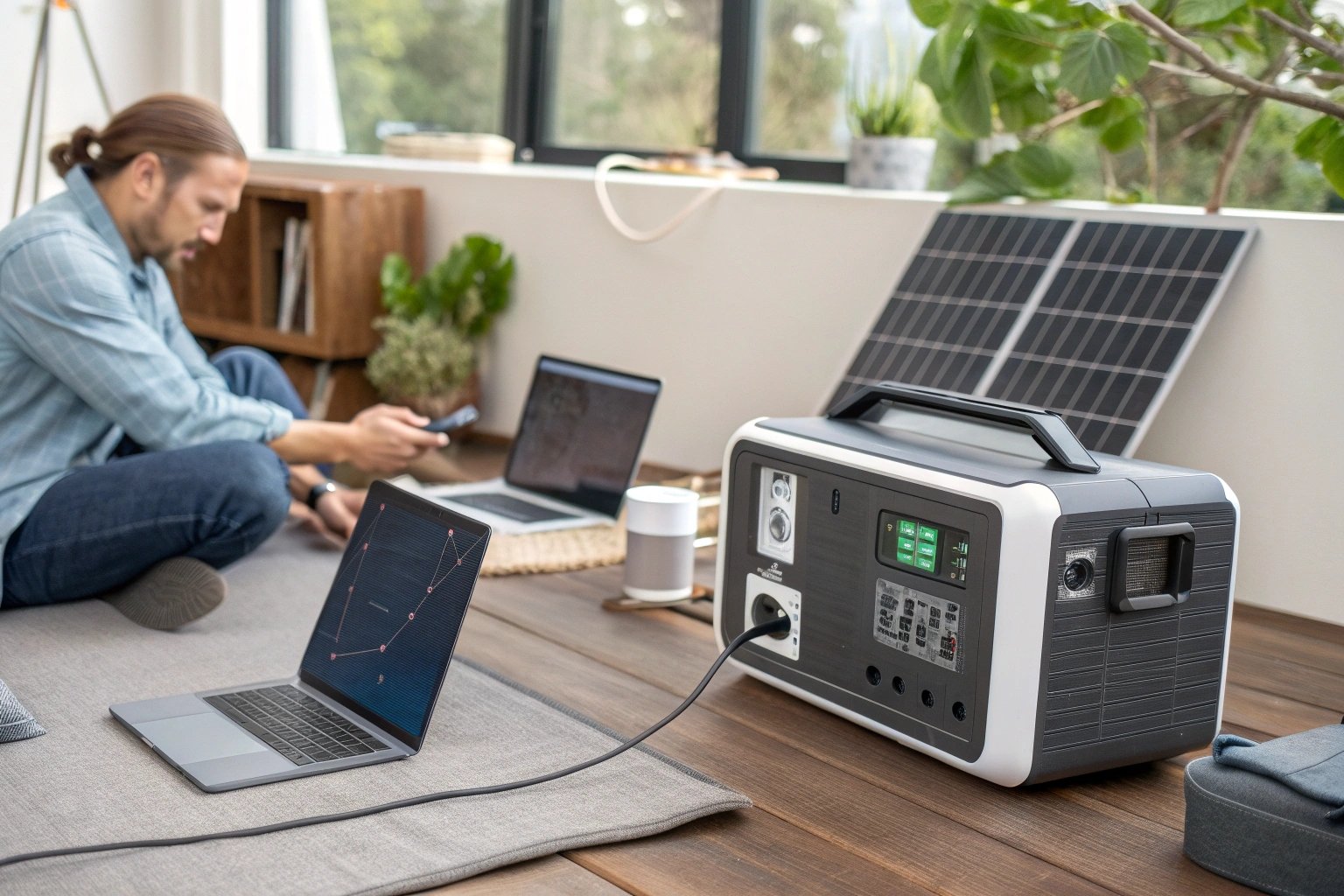
A portable power station typically contains a battery, an inverter to convert DC to AC power, and various ports to connect your devices.
These stations come in various sizes, from small units designed to charge phones and laptops to larger models capable of powering refrigerators, lights, and other essential home appliances.
How to Determine the Right Capacity for Your Power Station?
Capacity, usually measured in watt-hours (Wh), tells you how much energy a portable power station can store. The right capacity depends on the devices you intend to power and how long you need them running. For instance, a small power station might be enough for charging smartphones or laptops, while a larger one is necessary to run high-powered appliances like a mini-fridge.
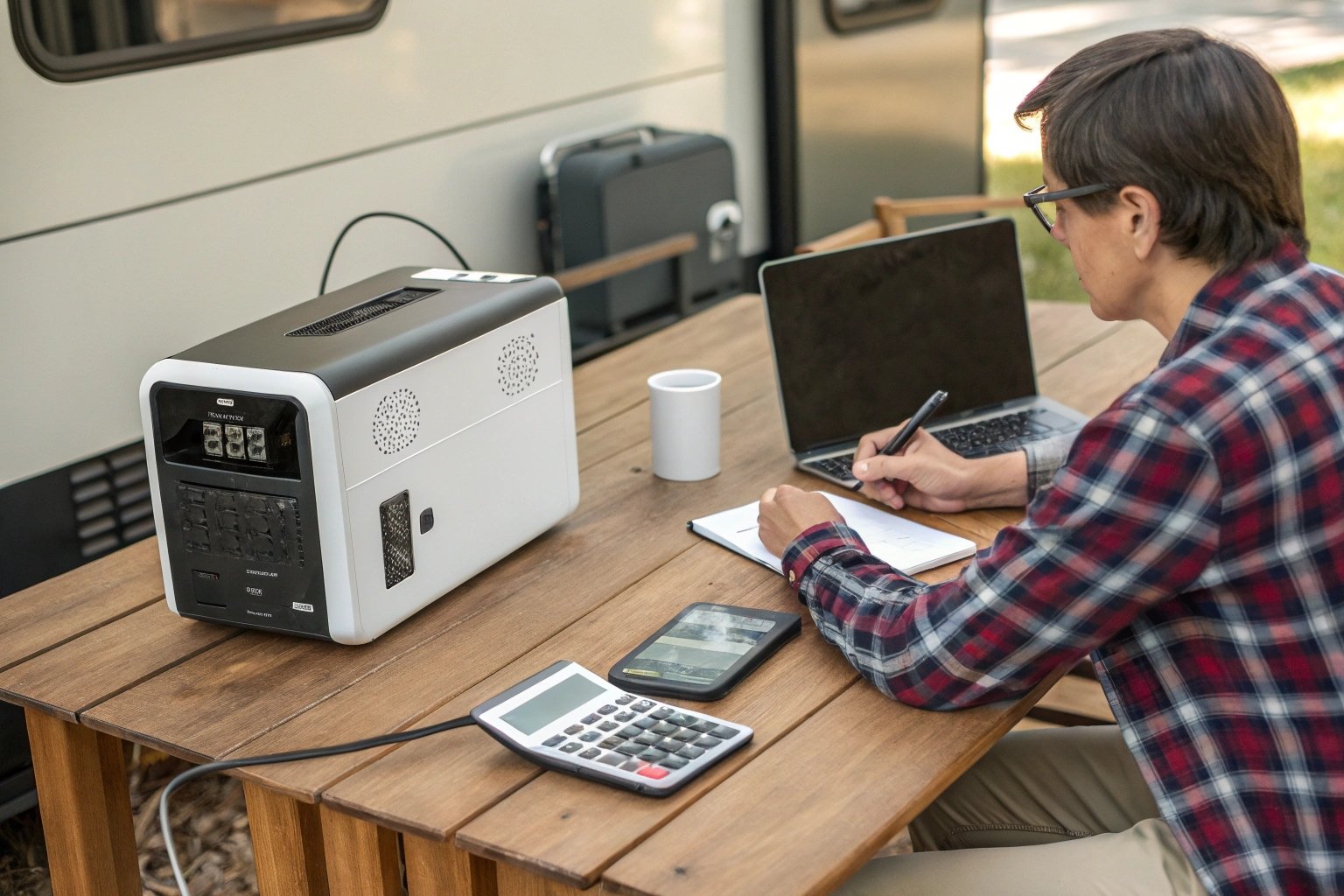
To determine the right capacity, calculate the total wattage of your devices and estimate how long you need them to run.
For example, if you plan to run a refrigerator that uses 100 watts for 8 hours, you’ll need a power station with at least 800 watt-hours (100W x 8 hours = 800Wh). It’s always a good idea to select a power station with a higher capacity than you think you need to accommodate any additional power usage or future device upgrades.
What Output Ports Do You Need for Home Use?
The number and types of output ports are essential when choosing a portable power station. Depending on what you need to power, your station should have the appropriate outputs to match.
You’ll want a combination of AC outlets, DC ports, and USB ports to ensure that you can charge or power a variety of devices.
For example, if you're looking to charge a smartphone, USB-A and USB-C ports are ideal, but for running a TV or a mini-fridge, you will need AC outlets. Some power stations also include 12V DC carports to power things like portable coolers, small appliances, or other camping gear. The more diverse the ports, the more devices you can connect.
How Do You Recharge Your Power Station?
A key feature of portable power stations is how you recharge them. Most stations can be recharged via an AC wall outlet, a 12V car charger, or solar panels.
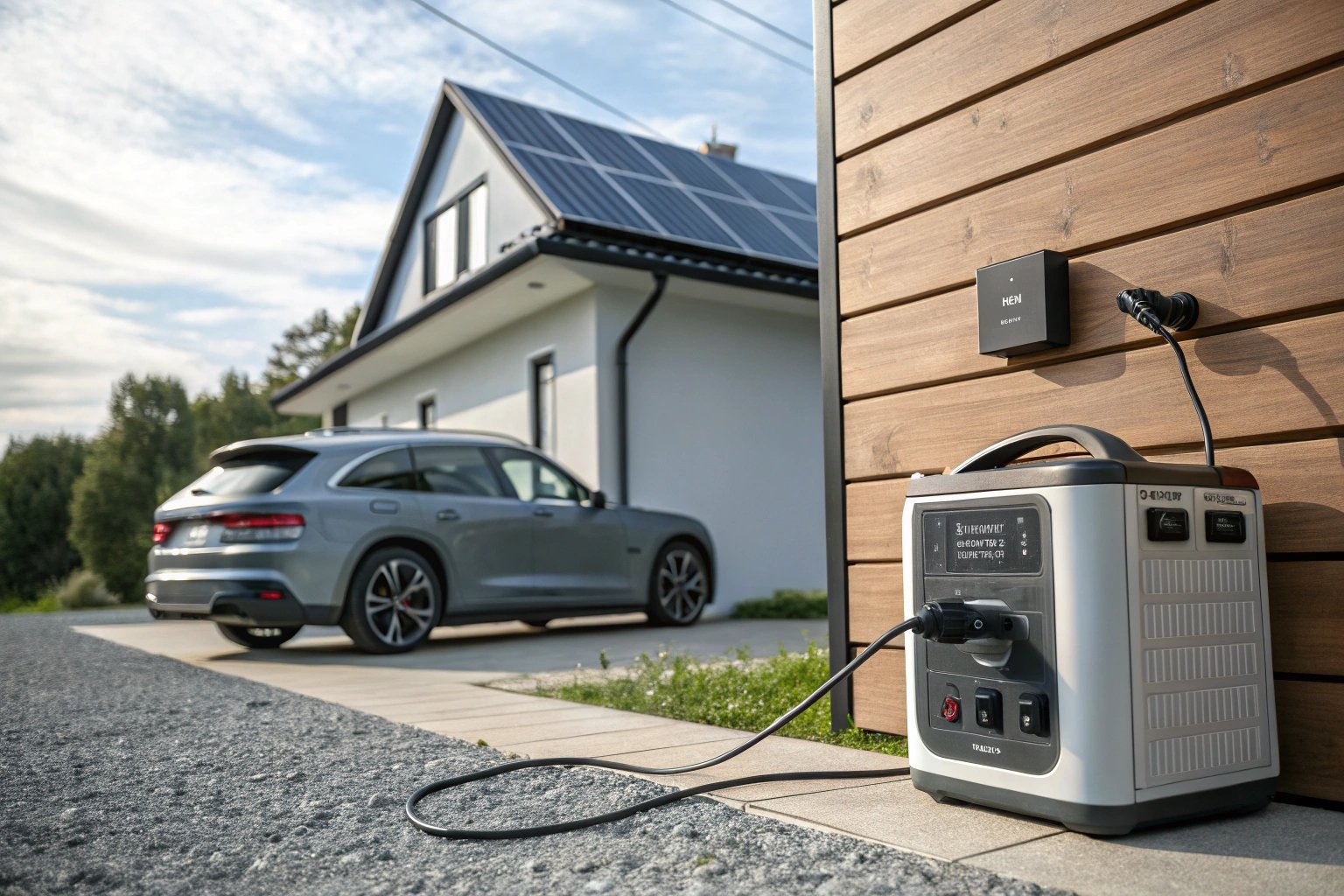
AC wall charging is typically the fastest, allowing the unit to fully recharge in 4-8 hours.
Car charging and solar charging are convenient when you're on the go or off-grid, but they tend to be slower. Solar panels can recharge the power station in 6-12 hours depending on the wattage of the panel and sunlight availability. For regular home use, AC charging is usually the most efficient.
What Size and Weight Should You Consider?
The size and weight of a portable power station are important, especially if portability is a key factor for you. Smaller units are lighter and more compact, making them easier to carry, but they usually have lower capacities. Larger models provide more power but can be heavy and bulky.
If you plan to use the power station for camping, road trips, or in situations where you need to move it frequently, look for a model that balances capacity and weight.
For a more permanent solution at home, a heavier unit with higher capacity might be necessary to run multiple devices or larger appliances. Check the weight and dimensions before purchasing to ensure it fits your needs.
How Safe and Durable is the Power Station?
Safety is crucial, especially when dealing with high-capacity batteries. Portable power stations are designed with multiple safety features, including overcharge protection, temperature monitoring, and short-circuit protection to ensure safe operation.
Choose a power station with built-in safeguards to prevent overheating or overloading.
Durability is another factor, especially if you plan to use your power station outdoors. Many models are built with rugged, weather-resistant enclosures to withstand drops, rain, and dust.
How Long Will the Power Station Last?
A portable power station’s lifespan is largely determined by its battery type and how frequently it's used. Lithium-ion batteries are the most common type used in portable power stations, offering long life spans (usually around 2,000 to 3,000 cycles).
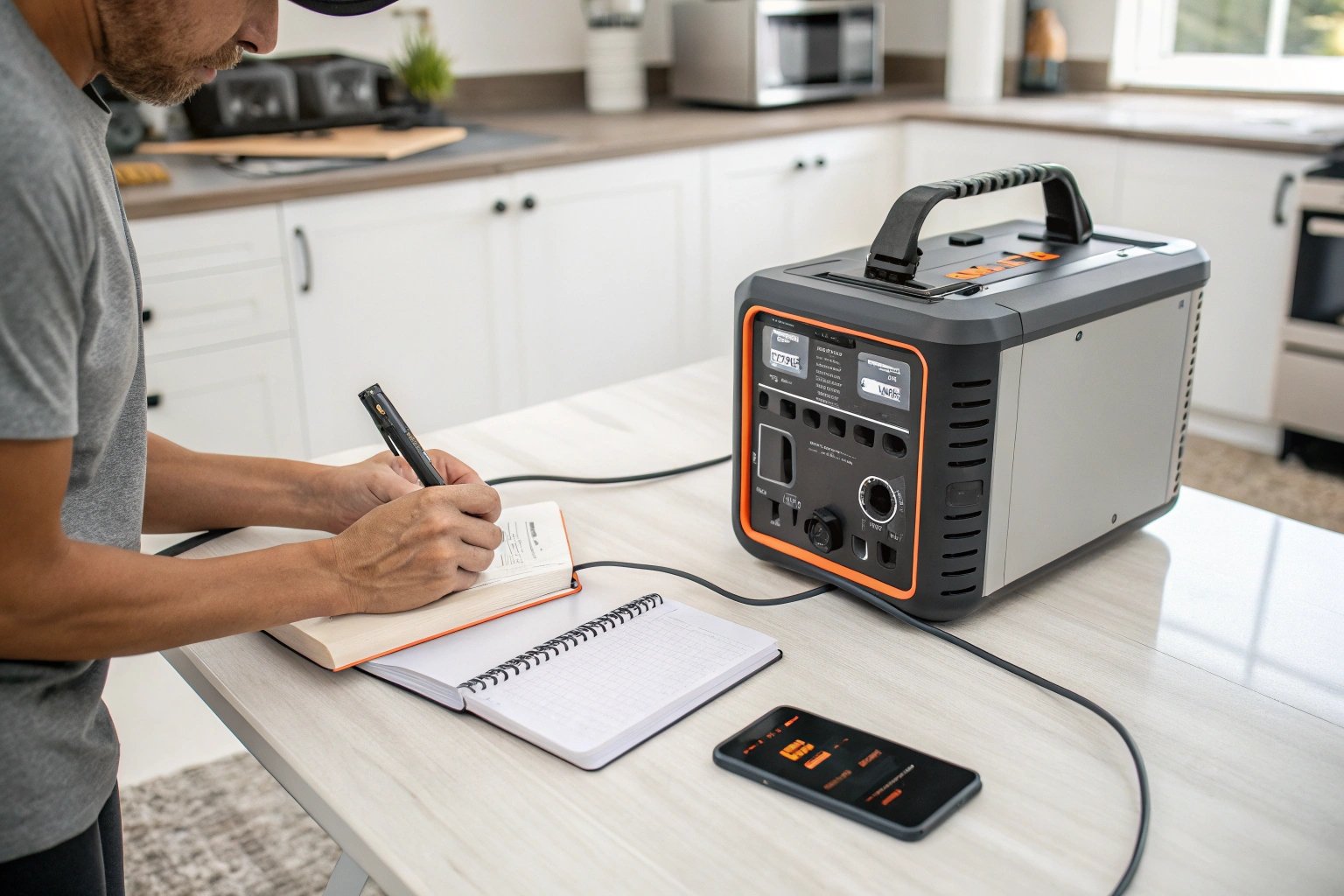
To get the most out of your power station, take care of the battery by following manufacturer recommendations for storage and maintenance.
When not in use, store the power station in a cool, dry place and keep the battery at around 50%-70% charge to prolong its life. With proper care, a high-quality power station can last for many years.
Conclusion
Choosing the right portable power station for your home involves considering your specific energy needs, the devices you plan to power, and how much flexibility you need in terms of portability and output options. From calculating capacity and understanding recharge methods to ensuring the unit’s safety and durability, there are several factors that will help you make an informed decision.
Whether you’re looking for backup power during an outage, a reliable off-grid solution, or a portable energy source for outdoor adventures, there’s a power station designed for your needs.

